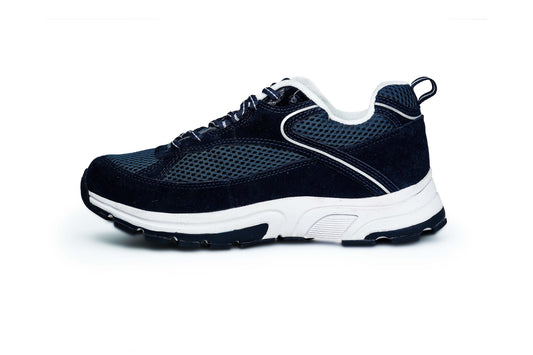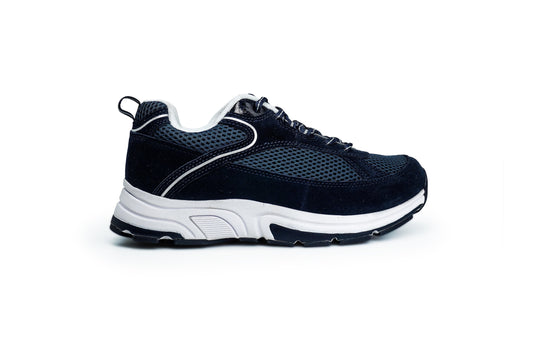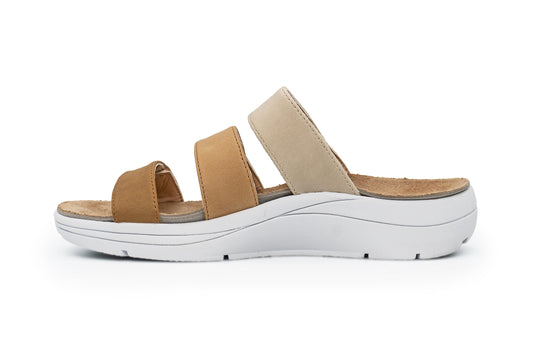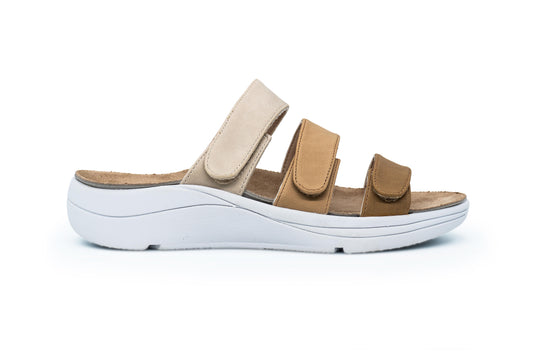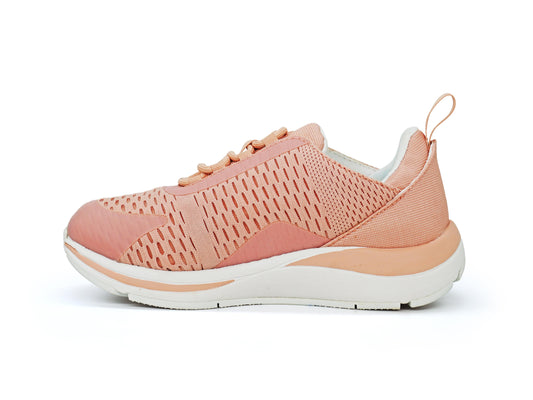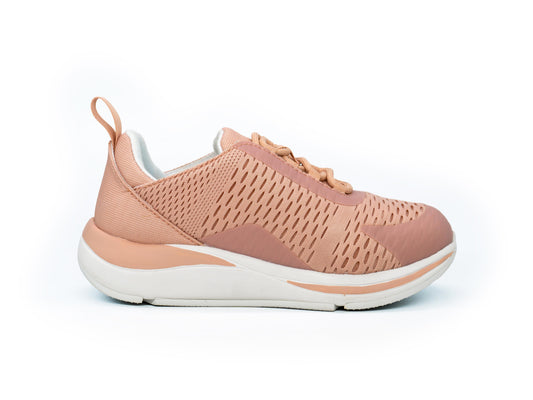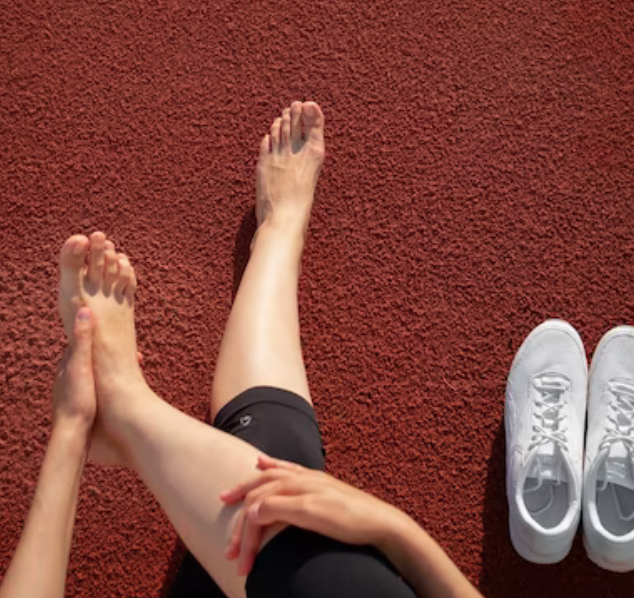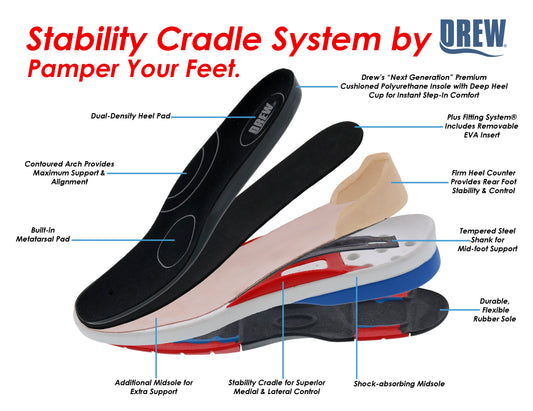Optimizing Foot Health with the Right Shoes for Diabetes
Living with diabetes involves a comprehensive approach to health, encompassing the management of blood sugar levels, a well-balanced diet, and regular exercise. However, one often underestimated aspect that plays a crucial role, especially for those with diabetes, is the choice of footwear. This article delves into the reasons why your choice of shoes matters significantly and provides essential tips for maintaining optimal foot health.
Your Shoe Choice Matters: For individuals with diabetes, the risks of foot-related complications, including neuropathy and poor circulation, are elevated. This makes the selection of proper footwear essential. The significance of the right shoes lies in addressing specific concerns such as friction, inadequate support, breathability, protection, and the ability to accommodate orthotics.
Tips for Choosing the Right Footwear: Understanding the critical role of shoe choice, here are actionable tips for maintaining optimal foot health:
- Professional Fittings: Visit a reputable shoe store for professional measurements and recommendations to ensure a proper fit tailored to your foot structure.
- Diabetic-Friendly Options: Explore footwear brands designed specifically for diabetes, offering features such as extra depth, multiple width options, cushioning, and seamless interiors to minimize friction.
- Arch Support: Choose shoes with proper arch support tailored to your specific arch type, whether it's medium (normal), high, or flat, to promote alignment and alleviate pressure points.
- Breathable Materials: Opt for shoes made from breathable materials like leather or mesh to maintain dryness and comfort, reducing the risk of infections.
- Safety Check: Before wearing new shoes, inspect them for sharp edges or objects that could cause injury. Regularly shake out your shoes to prevent potential discomfort.
- Regular Replacement: Replace footwear when signs of wear, flattening, or deterioration appear, as worn-out shoes compromise support and cushioning.
- Gradual Wear: When acquiring new shoes, wear them for short periods initially to ensure comfort and avoid potential friction or pressure points.
Browse our Prescribed Orthotics to learn more.
Check out our extensive collection of shoes for arthritis to find the best shoes for your feet. Look through our most-sought-after styles to get the right pair for you today with DiabeticShoe.in.

